When you think about the power of human activity to reshape our planet, the images that probably come to mind are positive ones: cities rising from empty fields, forests being replanted, or wetlands being restored. However, there’s a darker side to this story that has left permanent scars on our Earth’s surface. Environmental disasters triggered by human negligence or corporate greed have fundamentally altered landscapes in ways that continue to haunt us decades later.
These catastrophic events didn’t just make headlines for a few weeks before fading from memory. They transformed entire ecosystems, forced mass evacuations, and created exclusion zones that remain uninhabitable to this day. From toxic chemical spills that turned thriving neighborhoods into ghost towns to nuclear accidents that created radioactive wastelands, these disasters serve as sobering reminders of what happens when environmental safety takes a backseat to profit margins.
The Chernobyl Nuclear Disaster (1986) – When Atoms Split a Landscape in Two

According to the International Atomic Energy Agency, a reactor at Ukraine’s Chernobyl nuclear power plant went out of control during a test, leading to an explosion and fire that released large amounts of radiation into the atmosphere. This wasn’t just any industrial accident – it was a catastrophe that would fundamentally reshape both the physical and social landscape of an entire region.
An explosion at the Chernobyl nuclear power plant on the 26 April 1986 caused radiation to be leaked over a large area. To this day, an exclusion zone roughly the size of Luxembourg remains in place, but as this photo shows, animal life has returned. The immediate human toll was devastating, with two workers dying in the explosion, and dozens more dying in the months following due to acute radiation sickness.
What makes Chernobyl so uniquely terrifying is how it created an entirely new type of landscape. A 20-mile radius around the plant is now an “exclusion zone” and is essentially uninhabited. Yet nature, in its remarkable resilience, has begun to reclaim this radioactive wilderness. The abandoned city of Pripyat, once home to nearly fifty thousand people, now stands as a haunting monument to human hubris.
The Chernobyl disaster in 1986 exposed to radiation about 125,000 mi2 (320,000 km2) of land across Ukraine, Belarus, and Russia. The amount of focused radiation caused severe damage to plant reproduction: most plants could not reproduce for at least three years. The landscape became something entirely new – neither truly natural nor human-made, but a hybrid zone where radioactive wolves roam through abandoned apartment buildings.
The Exxon Valdez Oil Spill (1989) – When Black Gold Turned Paradise Dark
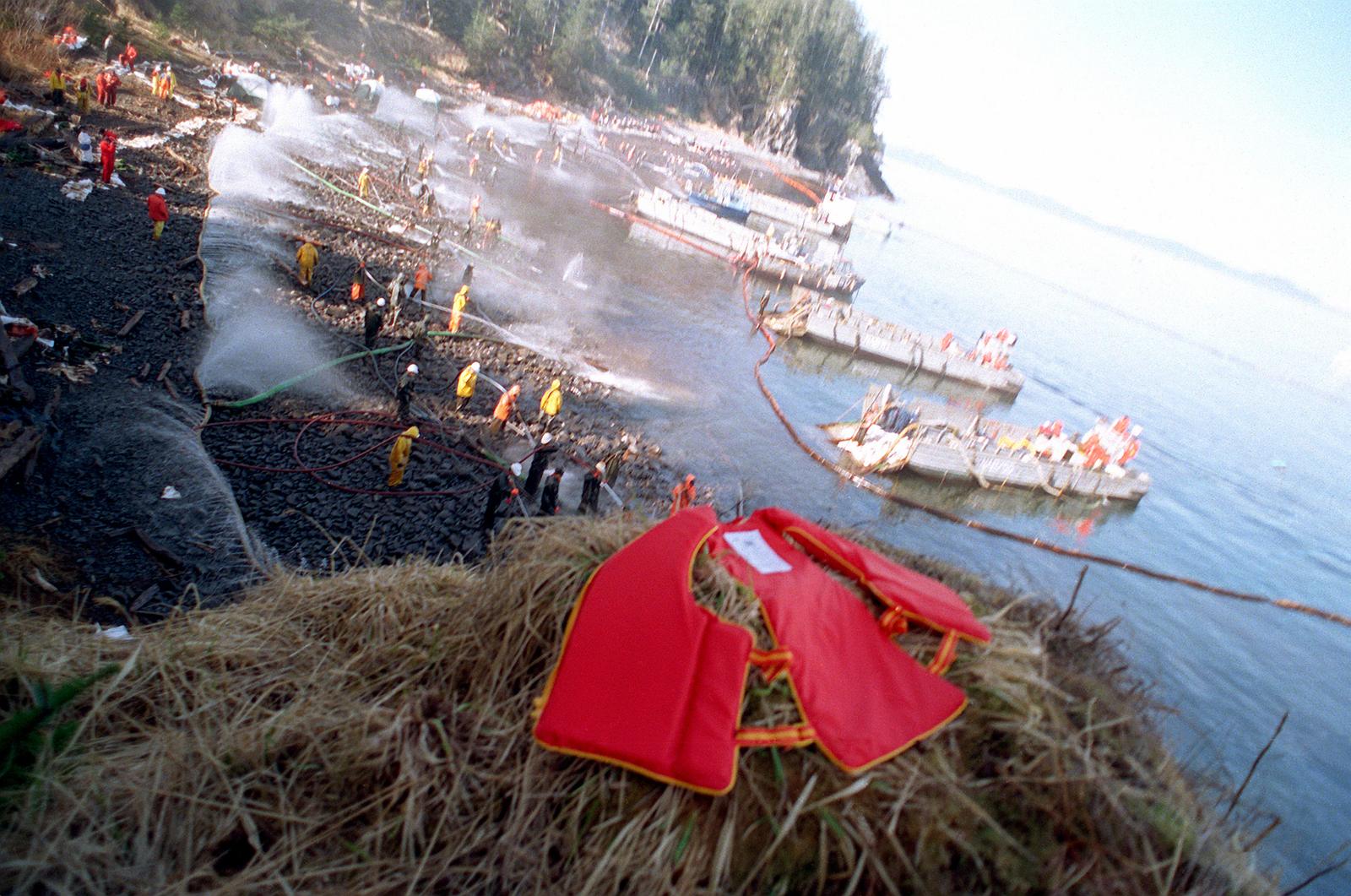
Shortly after midnight on March 24, 1989, the Exxon Valdez – an oil tanker carrying approximately 53 million gallons of North Slope crude oil – hit a reef in the Gulf of Alaska, ripping half a dozen holes in the hull of the ship. What followed was an environmental catastrophe that permanently altered one of America’s most pristine marine ecosystems.
Approximately 11 million gallons of crude oil leaked into the pristine waters and vibrant ecosystem of Prince William Sound, coating more than 700 miles of coastline down the Alaska Peninsula with a thick film of oil and killing a quarter of a million seabirds, thousands of otters, and hundreds of seals and bald eagles. The images of oil-soaked animals struggling to survive became symbols of environmental destruction.
The spill didn’t just cause immediate devastation; it fundamentally changed the character of the region. Even today, a small portion of crude oil still remains just out of sight below the surface of the water in parts of Alaska impacted by the spill. The landscape of Prince William Sound was transformed from a pristine wilderness into a cautionary tale about the dangers of oil transportation.
The Exxon Valdez spill, unprecedented in its time, galvanized public opinion around oil drilling in the Arctic and environmental and safety regulations of oil transportation in general. Though it is one of the most infamous oil spills in history, the Exxon Valdez catastrophe that dumped 11 million gallons of oil into the Prince William Sound of Alaska in 1989 is actually far from the largest on record, its impact on environmental consciousness was immeasurable.
Love Canal (1978) – When Toxic Secrets Surfaced in Suburbia
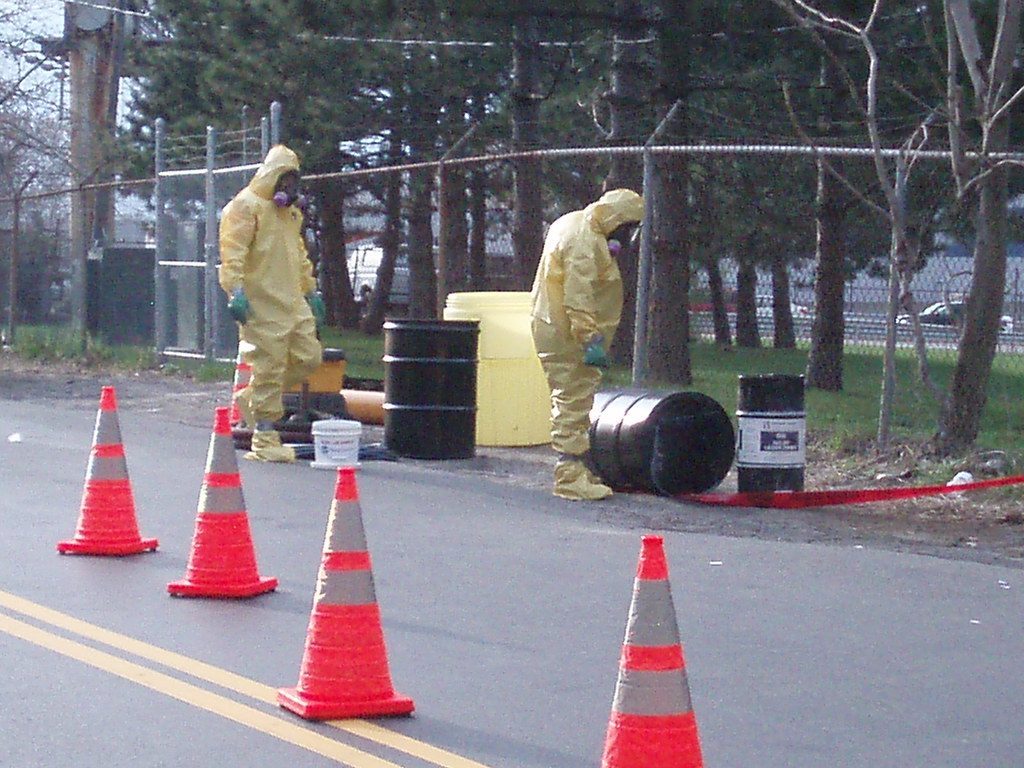
Love Canal represents perhaps the most shocking example of how environmental disasters can literally emerge from beneath our feet. Lois Gibbs was raising her family in Love Canal, near Niagara Falls in upstate New York, in 1978 when she discovered that her home and those of her neighbors were sitting next to 20,000 tons of toxic chemicals.
Just months later, Love Canal exploded. The explosion was triggered by a record amount of rainfall. Shortly thereafter, the leaching began. The physical transformation of the neighborhood was as horrifying as it was sudden. Corroding waste-disposal drums could be seen breaking up through the grounds of backyards. Trees and gardens were turning black and dying. One entire swimming pool had been had been popped up from its foundation, afloat now on a small sea of chemicals. Puddles of noxious substances were pointed out to me by the residents.
The dumpsite was declared an unprecedented state of emergency on August 2, 1978. The landscape transformation was total: The resulting Superfund cleanup operation demolished the neighborhood, ending in 2004. What had once been a working-class community became America’s first Superfund site.
The human cost was staggering. According to the United States Environmental Protection Agency (EPA), in 1979 residents exhibited a “disturbingly high rate of miscarriages … Love Canal can now be added to a growing list of environmental disasters involving toxics, ranging from industrial workers stricken by nervous disorders and cancers to the discovery of toxic materials in the milk of nursing mothers.”
The Bhopal Gas Tragedy (1984) – When Death Came in the Night
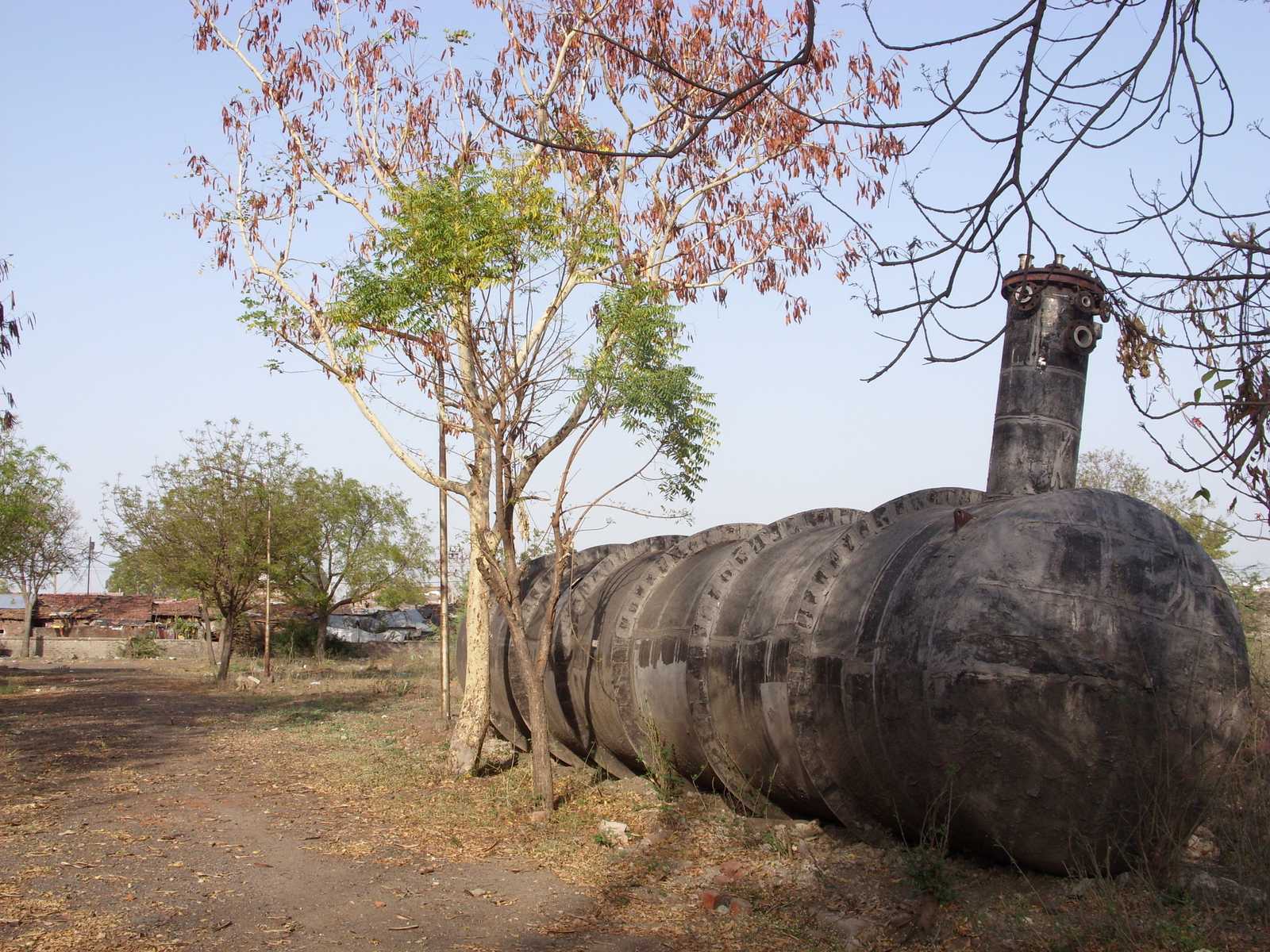
On December 3 1984, more than 40 tons of methyl isocyanate gas leaked from a pesticide plant in Bhopal, India, immediately killing at least 3,800 people and causing significant morbidity and premature death for many thousands more. This wasn’t just an industrial accident – it was what became the worst industrial accident in history.
The escaping gas, methyl isocyanate, spread south from the chemical plant and eventually covered forty square kilometers (about fifteen square miles) of the Bhopal residential area. The landscape of death that emerged in the immediate aftermath was beyond comprehension. The gas drifted over the densely populated neighbourhoods around the plant, killing thousands of people immediately and creating a panic as tens of thousands of others attempted to flee Bhopal.
Because methyl isocyanate is heavier than air, it traveled over the ground through the Bhopal city center. The transportation system collapsed, and many people were trampled to death in a mad rush to flee the visible gases. The physical landscape became a hellscape of human suffering.
The long-term environmental impact continues to define the region. In the early 21st century more than 400 tons of industrial waste were still present on the site. Despite continued protests and attempts at litigation, neither the Dow Chemical Company, which bought out the Union Carbide Corporation in 2001, nor the Indian government had properly cleaned the site. Soil and water contamination in the area was blamed for chronic health problems and high instances of birth defects in the area’s inhabitants.
The Deepwater Horizon Oil Spill (2010) – When the Gulf Bled Black

In 2010, the spill was topped by the Deepwater Horizon disaster – an offshore rig that suffered an uncontrollable well blowout and multiple explosions, killing 11 people and leaking approximately 134 million gallons of oil over three months. This disaster transformed the entire Gulf of Mexico ecosystem in ways that are still being understood today.
Unlike previous oil spills that created visible surface damage, the Deepwater Horizon spill created a more insidious form of landscape change. Aside from the initial explosion, much of the impact wasn’t visible from the air. The oil dispersed throughout the water column, creating an underwater toxic landscape that affected everything from microscopic plankton to massive whale populations.
The spill fundamentally altered the Gulf’s marine ecosystem for years to come. Vast underwater plumes of oil created dead zones where marine life couldn’t survive. The use of chemical dispersants, while reducing surface oil, may have made the underwater contamination even worse. Wetlands along the Gulf Coast, already under pressure from development and sea-level rise, suffered additional damage that accelerated their disappearance.
The economic landscape of the region was equally transformed, as fishing communities that had operated for generations suddenly found their waters too contaminated to support their livelihoods. The disaster created a new geography of environmental injustice that continues to affect Gulf Coast communities today.
The Three Mile Island Nuclear Accident (1979) – America’s Nuclear Wake-Up Call
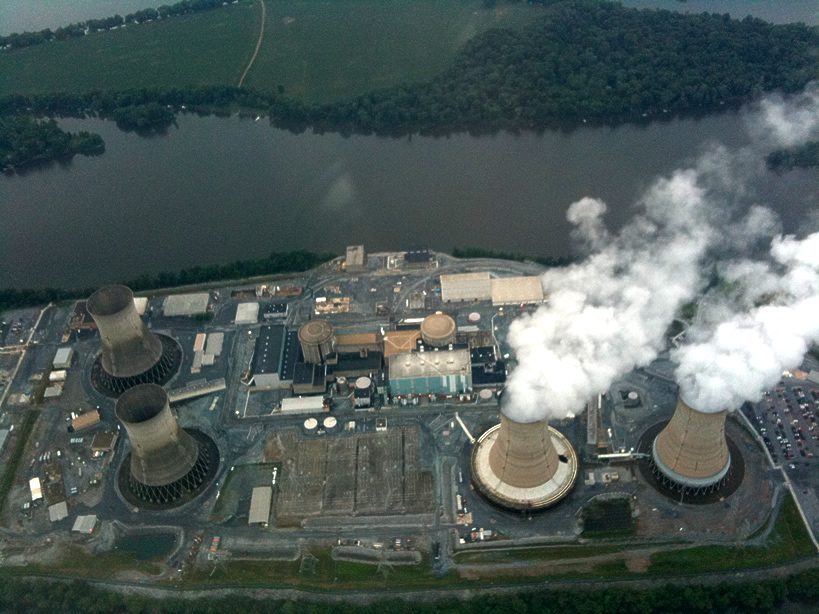
Serious nuclear power plant accidents include the Fukushima nuclear accident (2011), the Chernobyl disaster (1986), the Three Mile Island accident (1979), and the SL-1 accident (1961). While Three Mile Island didn’t create the visible devastation of Chernobyl, it fundamentally altered the landscape of American energy policy and public trust in nuclear power.
The accident began with a mechanical failure but escalated due to human errors and design problems. Though no immediate deaths resulted from radiation exposure, the incident created a new kind of landscape – one defined by fear and uncertainty rather than physical destruction. The psychological impact transformed communities around the plant, with many residents never feeling safe again.
The Three Mile Island accident in Pennsylvania in 1979, which also raised alarms about nuclear energy and its safety, effectively ended the expansion of nuclear power in the United States for decades. The accident changed the regulatory landscape so dramatically that no new nuclear plants were ordered for thirty years after the incident.
The area around Three Mile Island became a symbol of the potential dangers lurking within seemingly safe technology. Though the plant eventually resumed operation, the community’s relationship with nuclear power was forever changed, creating a landscape of mistrust that spread far beyond Pennsylvania’s borders.
The Fukushima Daiichi Nuclear Disaster (2011) – When Nature Met Nuclear Power

The nuclear disaster at the Fukushima Daiichi Nuclear Power Plant in Ōkuma, Japan, is believed to have been caused by the Tōhoku earthquake – the most powerful earthquake ever recorded in Japan. The earthquake triggered a powerful tsunami that damaged the plant’s emergency generators, leading to a power outage. This resulted in the most severe nuclear accident since Chernobyl.
The disaster created multiple overlapping landscapes of destruction. First, the tsunami itself completely reshaped the coastline, destroying entire communities and leaving behind fields of debris that stretched for miles inland. Then, the nuclear meltdown added a layer of radioactive contamination that made large areas uninhabitable.
The evacuation zone around Fukushima created a new type of abandoned landscape in one of the world’s most densely populated countries. Unlike Chernobyl’s rural setting, Fukushima’s exclusion zone includes modern cities, highways, and industrial facilities – creating an eerie vision of contemporary civilization suddenly frozen in time.
In 2013, contaminated groundwater was found in between some of the affected turbine buildings in the Fukushima Daiichi facility, including locations at bordering seaports on the Pacific Ocean. In both locations, the facility typically releases clean water to feed into further groundwater systems. The contamination has created ongoing concerns about the safety of Pacific Ocean seafood and the long-term health of marine ecosystems.
The Ok Tedi Environmental Disaster (1984) – Mining’s Toxic Legacy
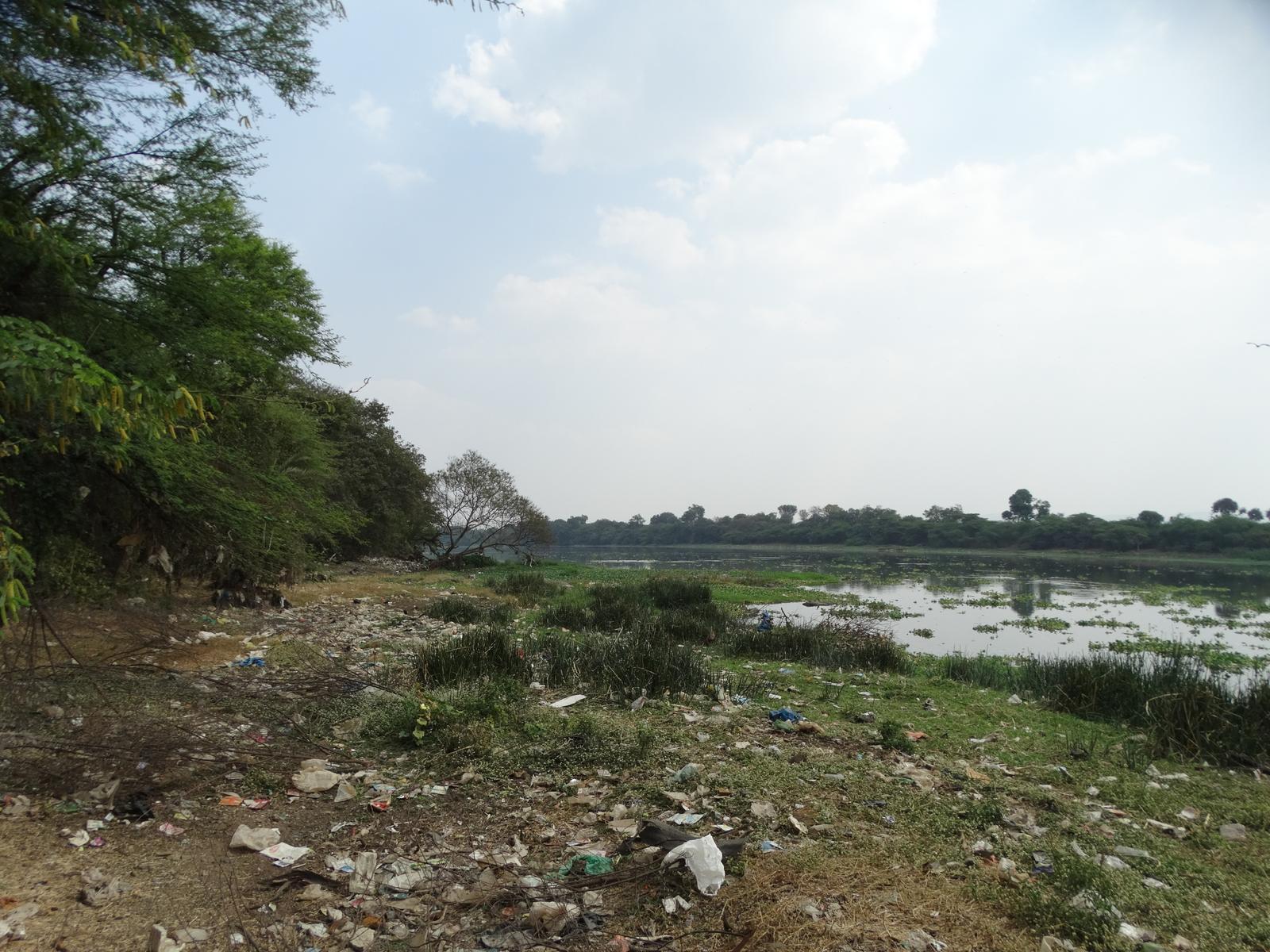
As of 2006, mine operators have discharged about two billion tons of tailings, overburden and mine-induced erosion into the Ok Tedi river system. About 1,588 square kilometres (613 sq mi) of forest has died or is under stress. This represents one of the most dramatic landscape transformations caused by mining operations in modern history.
The Ok Tedi mine in Papua New Guinea created an environmental disaster that spans decades and covers an area larger than many small countries. Unlike sudden disasters such as oil spills or nuclear accidents, this catastrophe unfolded slowly, making it easier for the responsible companies to avoid accountability while the damage accumulated.
The river system that once supported indigenous communities and rich biodiversity became a toxic channel carrying mining waste toward the sea. Villages that had existed along the riverbanks for generations were forced to relocate as their traditional food sources became poisoned. The landscape transformation was both physical and cultural, destroying not just the environment but also the traditional ways of life that depended on it.
The disaster highlights how environmental destruction often disproportionately affects marginalized communities who have the least political power to fight back. The indigenous peoples of the Ok Tedi region watched their ancestral lands being destroyed while foreign mining companies extracted billions of dollars in profits from their copper and gold deposits.
The Amoco Cadiz Oil Spill (1978) – Europe’s Ecological Nightmare
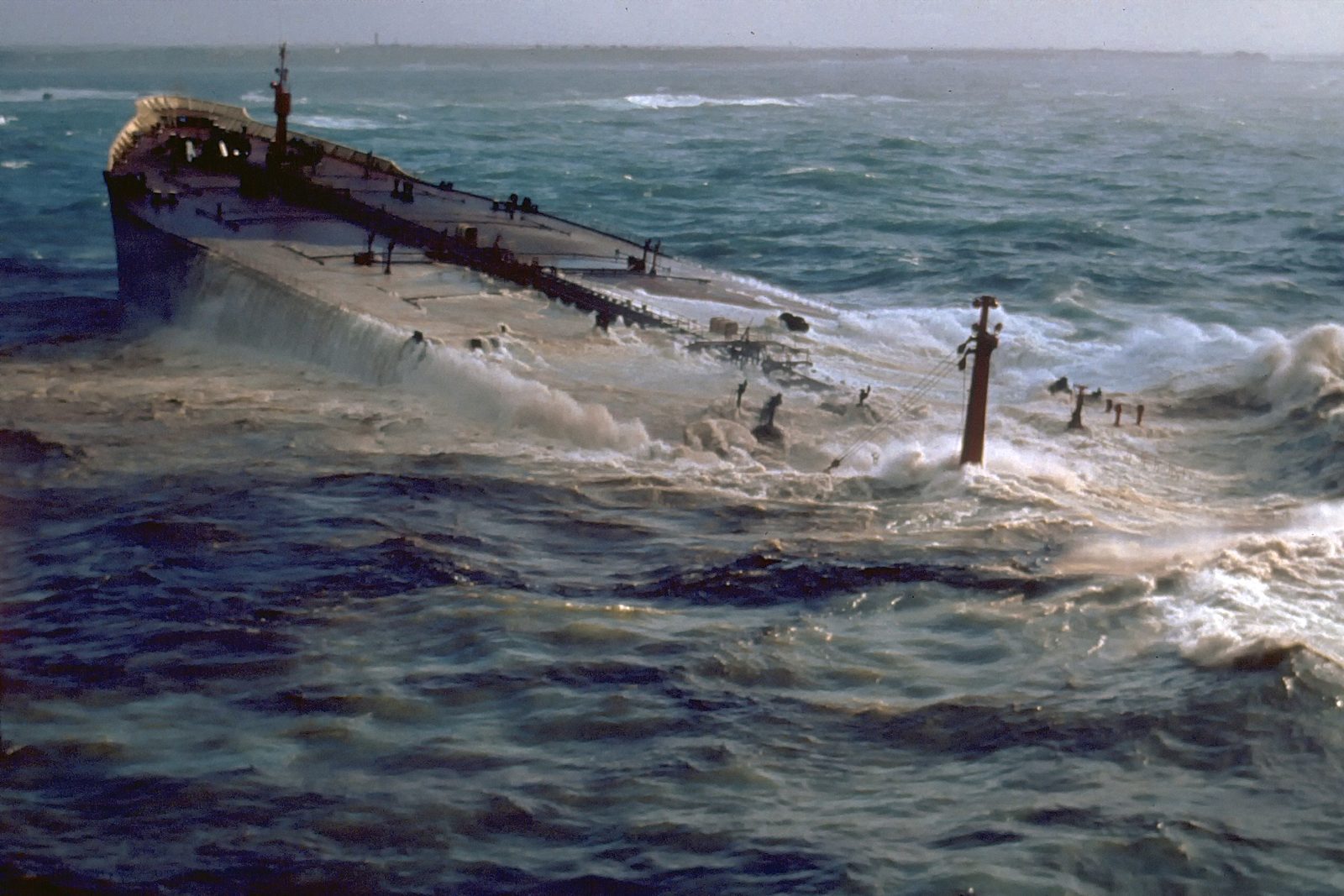
The vessel broke in two, releasing its entire cargo of 1.6 million barrels (250,000 m3) of oil off the coast of Brittany, France. The amount of oil released was significantly larger than the Exxon Valdez spill in 1989. This disaster transformed one of Europe’s most pristine coastlines into an ecological disaster zone that took decades to recover.
The Amoco Cadiz spill was particularly devastating because it occurred during the peak of the region’s fishing and tourism seasons. The entire coastline of Brittany, famous for its rugged beauty and rich marine life, was transformed into a black, toxic wasteland. The oil contaminated more than two hundred miles of French coastline, destroying everything from tiny tidepools to major fishing harbors.
The disaster created a new understanding of how oil spills could affect not just wildlife but entire regional economies and cultural identities. Brittany’s fishing communities, some of which had operated for hundreds of years, found their traditional grounds contaminated and their catches unsellable. Tourism, another pillar of the regional economy, collapsed as beaches became covered with thick, black sludge.
The spill also transformed international maritime law and shipping regulations. The images of oil-covered seabirds and devastated fishing villages became powerful symbols in the fight for stronger environmental protections and corporate accountability in maritime transportation.
Conclusion
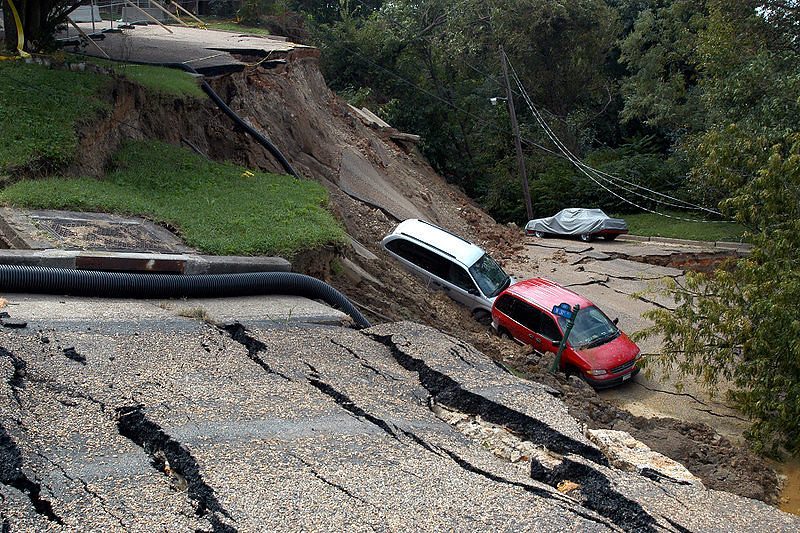
These nine environmental disasters represent more than just historical tragedies – they are permanent reminders of humanity’s capacity to fundamentally alter the Earth’s landscapes through negligence, greed, and inadequate safety measures. From Chernobyl’s radioactive exclusion zone to Love Canal’s toxic suburbia, each disaster created new types of landscapes that continue to challenge our understanding of environmental recovery and human responsibility.
What makes these disasters truly shocking is not just their immediate impact, but their lasting legacy. Decades later, many of these sites remain contaminated, uninhabitable, or forever changed. They serve as involuntary laboratories for studying long-term environmental damage and the resilience of both human communities and natural ecosystems. Perhaps most importantly, they remind us that the landscapes we take for granted can be transformed irreversibly in a matter of hours or days.
What do you think about these environmental disasters and their lasting impact on our planet? Tell us in the comments.




